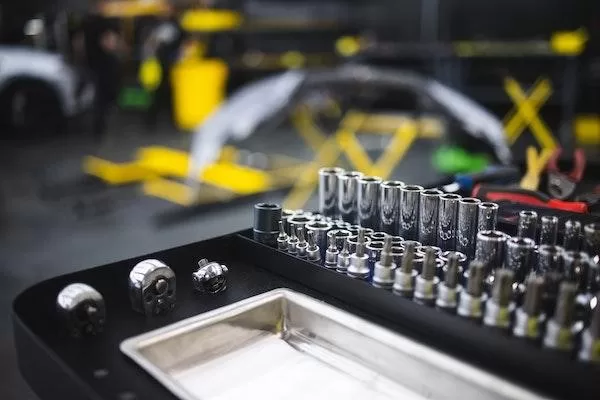Rotary actuators use rotating discs to convert rotational motion into linear motion.
They are used in various tasks, such as stirring, grinding, washing dishes, and washing cars.

In this article, we’ll take a look at the importance of rotary actuators.
A Comprehensive Guide To Choosing A Rotary Actuator
One of the most popular types is the electric rotary actuators used in manual assembly lines, automatic car washes, and washing machines.
You have many different options for choosing a rotary actuator for your specific project because they come in all shapes, sizes, and power requirements.
1. Speed Settings
The speed settings of a rotary actuator are the mechanisms that determine how quickly a disc will rotate.
Different types of speed settings can be used for different applications, and different manufacturers will often have their naming conventions for these settings.
You must know what to look for when comparing rotary actuators to find one that will work best for your project. You should also be aware of some common names and abbreviations of different manufacturers.
2. Material Quality
The quality of the materials used in manufacturing can make a huge difference in how long a rotary actuator will last and how well it performs.
Read Also :
Higher-power rotary actuators are typically made of higher-quality materials because they will be subject to more stress and strain than lower-power models.
Rotary actuators can also be made with other materials besides metal, such as nylon, making them lightweight and easier to transport.
3. Size and Load Capacity
A rotary actuator’s size and load capacity determines its use. Rotary actuators can be designed for various applications, from basic lifting tasks to heavy industrial machinery.
For example, if you need a rotary actuator to fit in the palm of your hand, choose a particularly small one.
However, you will need something larger and more powerful if you have larger equipment.
It is also important to note that different rotary actuators can each hold different amounts of weight depending on their size and how well they are balanced.
4. Power Requirements
It significantly affects how many jobs it can complete at once. Depending on the size and weight of whatever is being moved, it might require more or less power. If your needs are exceptionally low or high, choose an electric rotary actuator with a greater output capacity.
5. Price Range
Prices tend to vary depending on the unit’s quality and power.
The more powerful and large-capacity rotary actuators will cost more money because they require more advanced machinery to create.
The price takes in factor also the transportation of the materials used in creating the actuator.
6. Applications
Different rotary actuators are designed for specific applications, so it is important to consider this when comparing different models.
Some actuators play a significant role in the agricultural industry and in the food industry.
They are used in applications pertaining to heavy machinery that help factories run smoothly or build essential vehicles for them.
7. Safety Features
Safety is one of the most important factors when avoiding injury from an accident. Be sure to read the safety features of a particular rotary actuator before making a purchase.
It’s important to be careful about the safety protocols at work and make sure that you know beforehand how to use and incorporate an actuator into the project you are currently working on.
Bottom Line
Choosing a rotary actuator is not easy and requires a certain level of experience to get the best quality model for your needs.
Many variables come into play when deciding which one to purchase, such as size, speed settings, quality of materials, and power requirements.
Once you have determined these details, you can make an informed decision about the kinds of projects it can be used for.
Knowing more about the product before you purchase it is best because this will allow you to make an informed decision.









